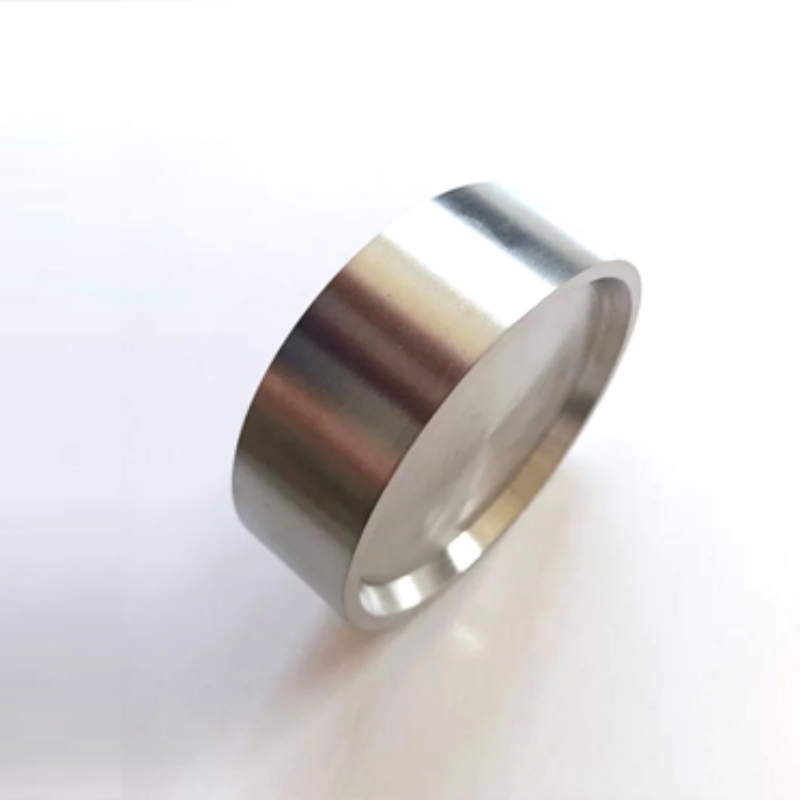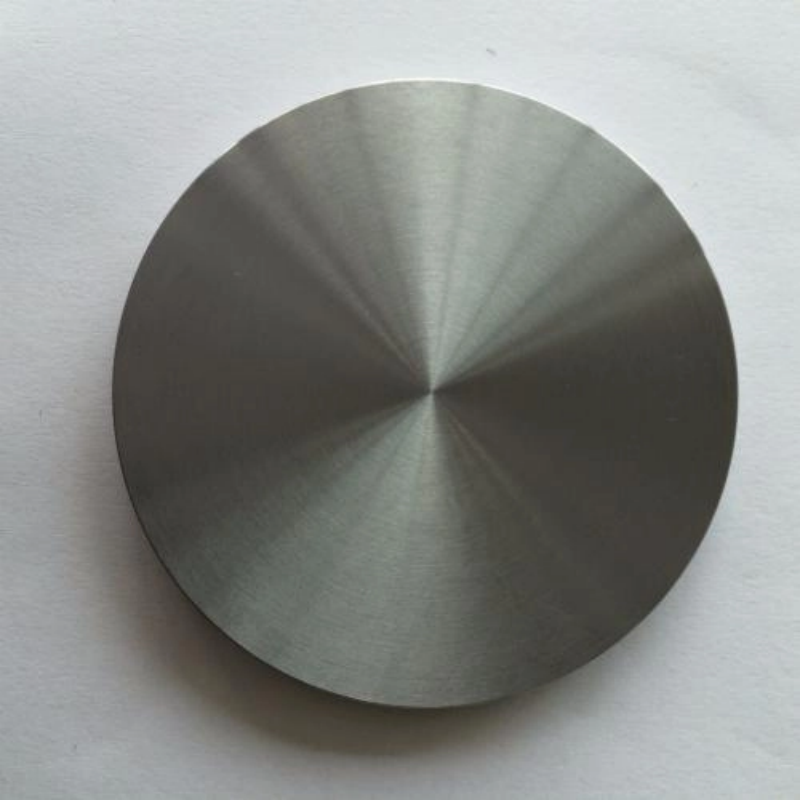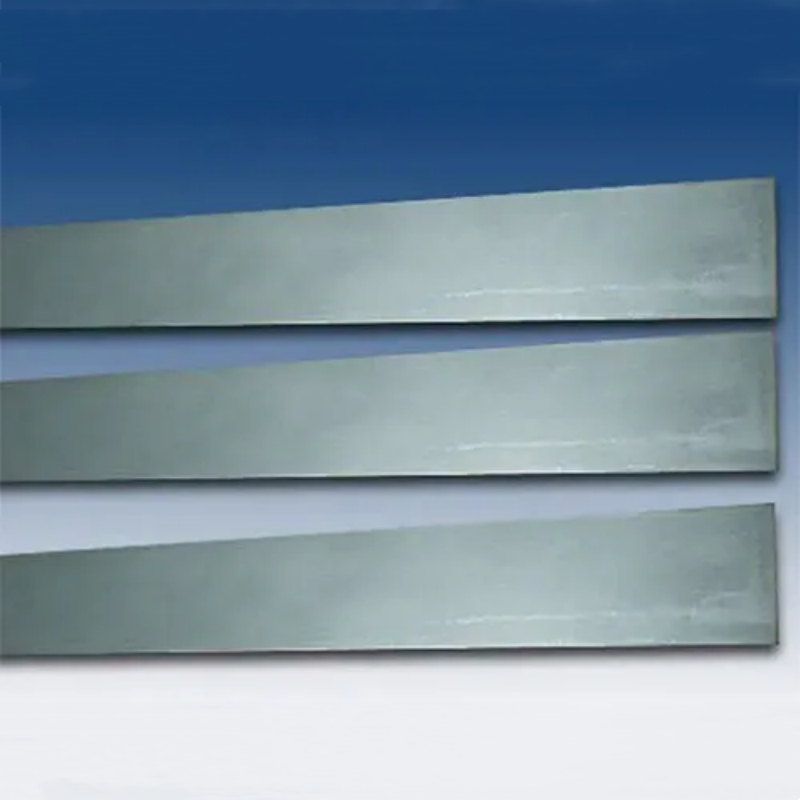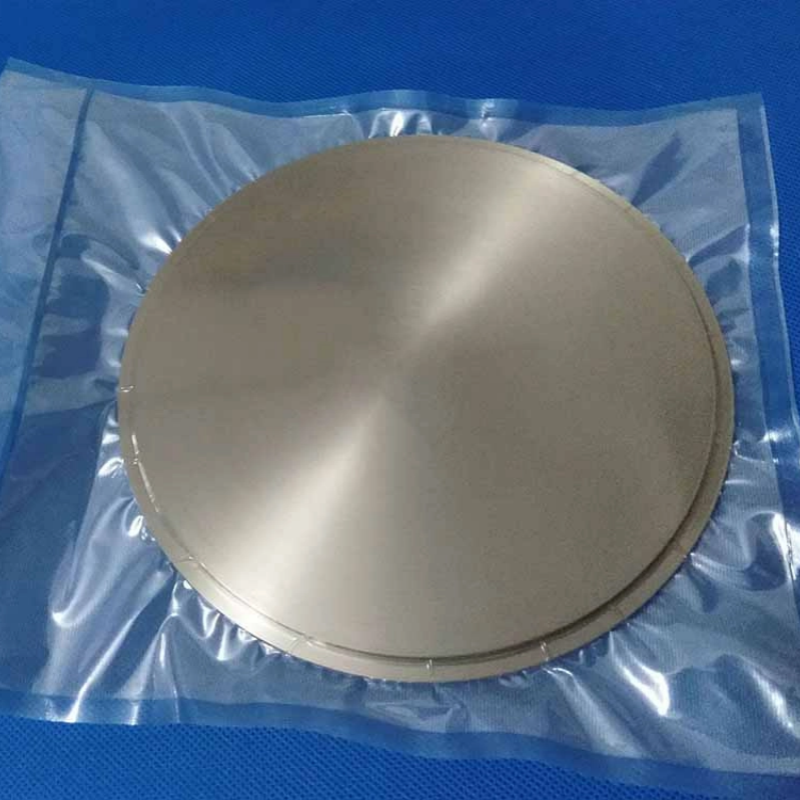Gadolinium oxide (Gd₂O₃) is a high-purity rare-earth compound known for its exceptional magnetic, optical, and dielectric properties. It is widely used in phosphors, medical imaging, electronic materials, and specialized coatings. Due to its unique characteristics, gadolinium oxide plays a critical role in precision electronics, contrast agents, and advanced material research.
Product Overview
Gadolinium oxide (Gd₂O₃) is an important rare earth compound widely used in optics, electronics, and the nuclear industry. It appears as a white powder at room temperature and exhibits good chemical stability. Gadolinium derivatives, such as gadolinium oxide, are used in magnetic resonance imaging (MRI) contrast agents, offering potential biomedical applications.
Product Features
- Insoluble in Water:Gadolinium oxide is insoluble in water but dissolves in acidic conditions to form corresponding salts.
- Hygroscopic:It is prone to absorb moisture when exposed to air and should be kept away from direct contact with the atmosphere.
- Chemical Reactivity:Reacts with ammonia to form gadolinium hydroxide precipitate, demonstrating some chemical reactivity.
Applications
- Optics and Electronics:Used in the manufacturing of optical glass and gadolinium yttrium garnet (GGG), widely applied in optical devices and electronic components.
- Television Displays:High-purity gadolinium oxide is used in the production of phosphors for color television picture tubes.
- Nuclear Industry:Serves as a raw material for nuclear reactor control materials.
- Biomedicine:Potentially used as a contrast agent in magnetic resonance imaging (MRI).
| (TREO)>99.5% | Gd2O3/TREO:99.998% min | ||
| RE Impurities(ppm max/TREO) | Non-RE Impurities(ppm max.) | ||
| La2O3 | 5 | Fe2O3 | 2 |
| CeO2 | 3 | CaO | 5 |
| Pr6O11 | 4 | SiO2 | 20 |
| Nd2O3 | 3 | Cl- | 65 |
| Sm2O3 | 4 | ||
| Eu2O3 | 3 | ||
| Tb4O7 | 3 | ||
| Dy2O3 | 3 | ||
| Ho2O3 | 2 | ||
| Er2O3 | 2 | ||
| Tm2O3 | 2 | L.O.I | 0.45 |
| Yb2O3 | 2 | ||
| Lu2O3 | 3 | ||
| Y2O3 | 2 | ||
Submit Your RequirementsWe will contact you within 24 hours.
 WOBO Scientific Research New Materials One-Stop Service Platform
WOBO Scientific Research New Materials One-Stop Service Platform











